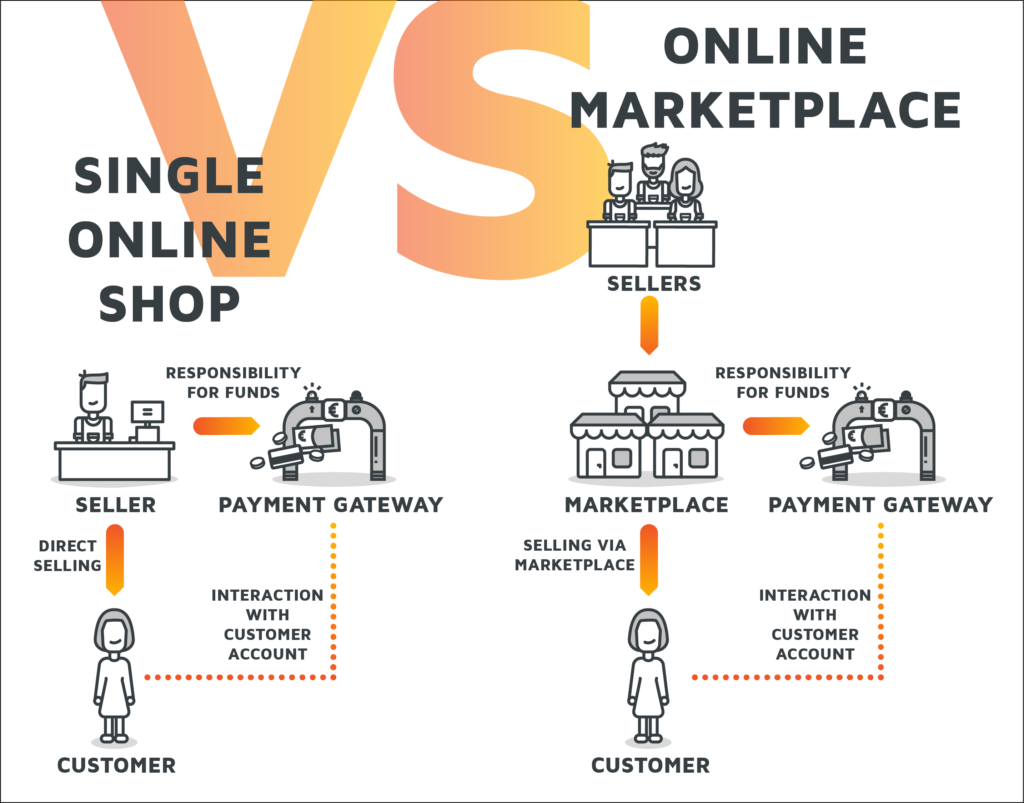Marketplace Payment Models

Introduction
Marketplace payment models refer to the ways in which transactions on the marketplace are processed, and payments are collected and distributed. The choice of payment model will have a significant impact on the operation and profitability of your marketplace. Here are some of the most common marketplace payment models:
Commission-based model:
In this model, the marketplace takes a percentage of each transaction as a commission. This model is often used by significant marketplaces such as Amazon, eBay, and Etsy.
Listing fee model:
In this model, sellers pay a fee to list their products on the marketplace. This model is often used by specialized marketplaces such as real estate or job listing sites.
Subscription model:
In this model, sellers pay a monthly or yearly fee to access the marketplace and list their products. This model is often used by B2B marketplaces or marketplaces targeting niche audiences.
Hybrid model:
This model combines elements of the above models and can include a combination of commission, listing fees, and subscriptions. This model is often used by marketplaces that offer B2C and B2B services.
Platform-only model:
In this model, the marketplace acts as a platform for transactions and does not collect any fees or commissions. This model is often used by blockchain-based marketplaces.
Conclusion
It’s essential to consider the goals and target audience of your marketplace when choosing a payment model. You should also consider factors such as the competition in your industry, the cost and complexity of implementing the model, and the potential revenue and profitability of the model.


